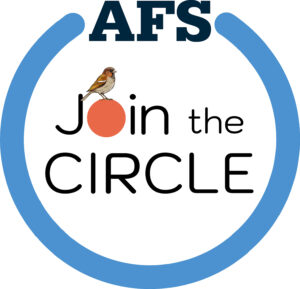What lessons did the students learn to get them to the point of creating the rockets?
Tons. Starting in the fall, we covered multiple units, spanning many chapters. First, they learn kinematics (motion – position, velocity, acceleration). Then, forces (gravity) and momentum. Finally, energy and its conservation (kinetic and potential energy). Now, the rocket build, launch, and analysis is their chance to see all of this physics in action and see how it applies to something in real life. And even though we are looking at it on a small scale, with model rockets, the same science applies on the larger scale and becomes the rocket science they would apply if they worked at NASA.
Were there challenges?
Of course. For some students, this was their first go at model building, so we started with a parts inventory, learning the name for every piece, test-fitting, and making sure they grasped every step. We did all this before glue, paint, and hobby knives were involved. They all did excellent jobs, but there are still unknowns that can’t be eliminated. On launch day, we had some parachutes come detached from their strings, so rockets came down a bit faster than expected!
What will be calculated by the digital altimeters? You said now is when they start to do the REAL rocket science. What did you mean by that?
The students tape a small digital device to the side of their rockets that records flight data — the same telemetry that a NASA feed would give them. So when the rocket lands, and they retrieve it, they can read off the top speed, acceleration and deceleration at various points, thrust time, total flight time, maximum altitude. It’s great data! The classes will spend the next few days sifting through and analyzing the data, checking it against predictions based on the rocket engine specifications, and really showing what they have learned about all of the physics involved in the whole process. It’s really pretty rewarding and a lot of fun, and their final product goes on their poster boards to be presented at STEAM Night (Wednesday, April 17).

